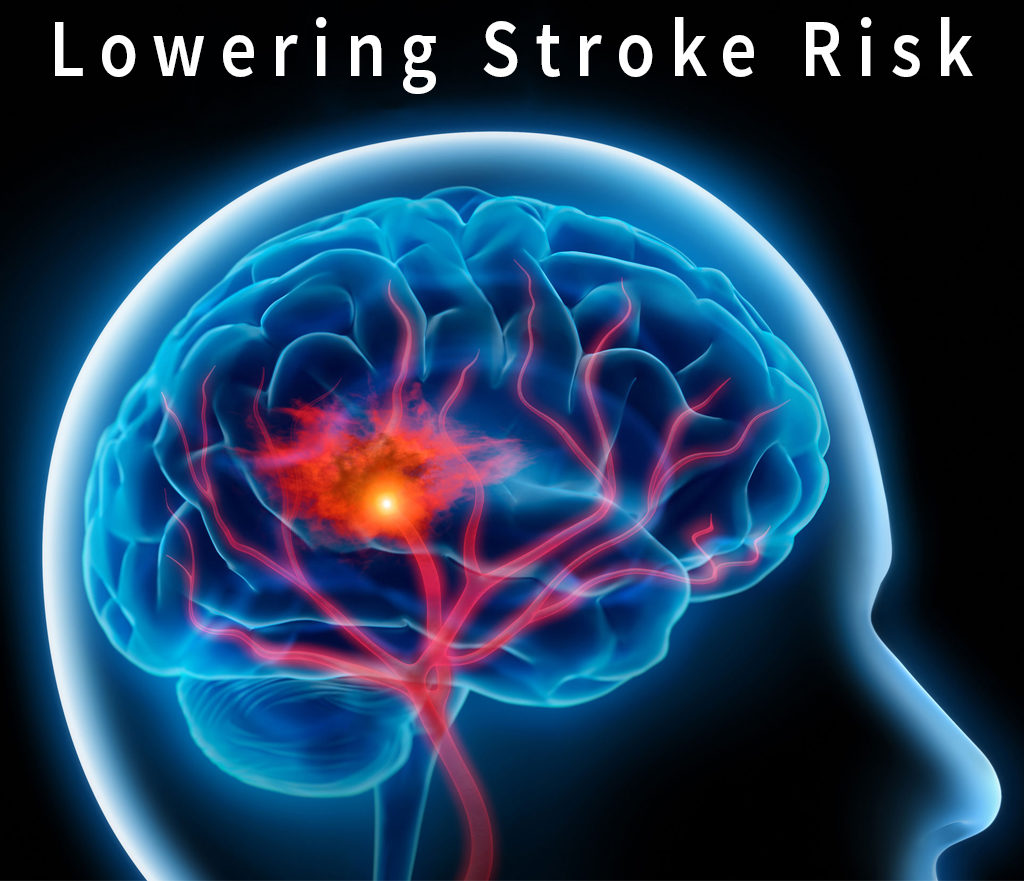Extra 20 Minutes of Exercise Cuts Hospitalization Risk.
Middle-aged and older persons who exercise for an additional 20 minutes each day are less likely to end up in the hospital with significant medical issues. This is concluded by a study published in JAMA Open Network.
Between June 1, 2013, and December 23, 2015, about 82,000 study participants in the UK between the ages of 42 and 78 wore accelerometers, a type of fitness tracker, for a week. Throughout the course of a 7-year follow-up, the researchers discovered that about 48,000 study participants needed hospitalisation for a variety of causes.

The study’s findings revealed that those who were physically active had a lower risk of being admitted to the hospital. Particularly for nine illnesses: gallbladder disease, urinary tract infections, diabetes (both type 1 and type 2), deep vein thrombosis, pneumonia, ischemic stroke, iron deficiency anaemia, diverticular disease, and colon disease.
According to the study, the risk decrease for hospitalisation varied from 3.8% for colon polyps to 23% for diabetes.
The study stated, “Our results show that increasing moderate to vigorous physical activity by 20 minutes per day may be a helpful nonpharmaceutical strategy to minimise hospital admissions for many common medical disorders, which could lower hospital burdens and enhance quality of life.
The study had limitations, according to lead researcher Eleanor Watts of the US National Cancer Institute in Rockville, Maryland, who spoke to Today. She clarified that the study only showed that people weren’t admitted to the hospital due to medical concerns, not that exercise prevented their growth. Also, the majority of participants were Caucasian.
Overall, the study supports earlier findings that physical activity improves health and that this advantage can be obtained even from less-demanding or intense forms of exercise.
Types of exercise
Aim for at least 45 minutes of activity each day if you want to boost the ante and achieve your fitness, health, or weight loss goals. Include a high-intensity exercise, such as:
- running
- jumping exercises
- scaling hills
Take a day off in between workouts if you’re performing severe cardio or weightlifting, or alternate days where you work out different parts of your body. Alternately, just change up your routine to avoid engaging in strenuous exercise every day.
Shorter versus longer
Doing a quick workout every day is preferable to doing one or two lengthy workouts every week.
When you don’t have time for a lengthy workout, it’s preferable to squeeze in little bursts of action throughout the day rather than forgoing it altogether.
Exercises you should do on a regular basis
Use each of the following four types of exercise in your regimen to get the most benefits, including a lower risk of injury:
To increase general fitness, use endurance workouts that increase your breathing and heart rate. Jogging, swimming, and dancing are among examples.
Strength training helps you control your weight while also building muscle and strengthening your bones. Exercises with resistance bands, bodyweight training, and weightlifting are a few examples.
Exercises that improve balance can help prevent falls and make regular activities easier. Tai chi, balance drills, and standing yoga positions are a few examples.
Exercises that increase flexibility reduce physical pain and enhance posture, mobility, and range of motion. Stretches, yoga, and Pilates are among examples.
Regular exercise
One of the best things you can do for your health is to exercise regularly. But one of the biggest potential advantages can be obtained without spending hours at the gym.
According to recent research, merely increasing your daily physical activity by 20 minutes can considerably lower your risk of being hospitalised for a number of serious medical illnesses.
The study, which was just published in JAMA Network Open, examined information from the ongoing U.K. Biobank project for more than 81,000 individuals between the ages of 42 and 78. For seven days, each participant wore an activity monitor. The researchers next classified the various activities the subjects engaged in and the length of time they spent engaging in them using a statistical model.
According to their findings, people who engaged in more physical activity overall were at a decreased chance of being admitted to the hospital for nine different ailments, such as diabetes, gallbladder disease, blood clots, urinary tract infections, and more.
The researchers discovered a large potential decrease in hospitalisations when they employed modelling tools to replace sedentary behaviour with 20 minutes of moderate-to-vigorous physical activity. Hospitalizations for conditions like diabetes, gallbladder disease, pneumonia, gastroesophageal reflux disease, and iron deficiency anaemia were notably affected by this.
Effects of exercise on daily health
It’s crucial to remember that the study’s definition of moderate-to-vigorous physical activity didn’t necessarily refer to high-impact activities; it could have been anything from walking the dog to jogging to cycling to swimming. Future studies should concentrate on determining the effects of various forms of exercise, according to the study’s authors (high-intensity cardio versus strength training, for instance).
The study does have some constraints. For instance, 97% of the participants declared themselves to be white, making it difficult to determine how much the findings might apply to other ethnicities. But, other studies have revealed that physical activity “under the advice of a physician, tends to be actually generally helpful” regardless of race, ethnicity, or age, according to Watts.
However, according to Watts, the accelerometers used in this study to detect activity “aren’t effective at picking up things like weightlifting.” As a result, it’s possible that the data overlooked readings of persons who participated in those activities.
Benefits
Regular exercise has positive effects on many facets of your life as well as your general wellbeing. See the following advantages of exercise:
Mood enhancer
You might increase your energy, drive, and mood. You’ll probably accomplish more in every area of your life, which will make you feel good about yourself.
Relaxation
Overall stress reduction can result in emotions of relaxation, restful sleep, and boosted confidence.
Sociable hour
The social aspect of group exercise allows you to meet up with friends or make new ones in a cheap and healthy way. Consider working out with a friend in the outdoors, which has its own advantages.
cognitive process
Exercise improves mental clarity and cognitive performance. It can help you cultivate mindfulness and make room for novel thoughts and ideas.
Condition control
Frequent exercise aids in the prevention or treatment of a number of health issues, including:
- a cardiovascular condition
- diabetes type 2
- blood pressure is high.
- the metabolic syndrome
- certain cancer types
- arthritis
- falls
- depression
- anxiety
Regular exercise supports weight loss and helps prevent regaining lost weight if you’re trying to reduce weight.
REFERENCES:
- https://www.healthline.com/health/exercise-fitness/working-out-every-day
- https://www.webmd.com/fitness-exercise/news/20230227/adding-20-minutes-daily-exercise-cuts-hospital-stays-study-shows
- https://www.upi.com/Health_News/2023/02/20/daily-exercise-over-40-reduce-hospital/9861676919081/
- https://www.today.com/health/diet-fitness/20-minutes-physical-activity-prevent-hospitalization-rcna70990
For more details, kindly visit below.
